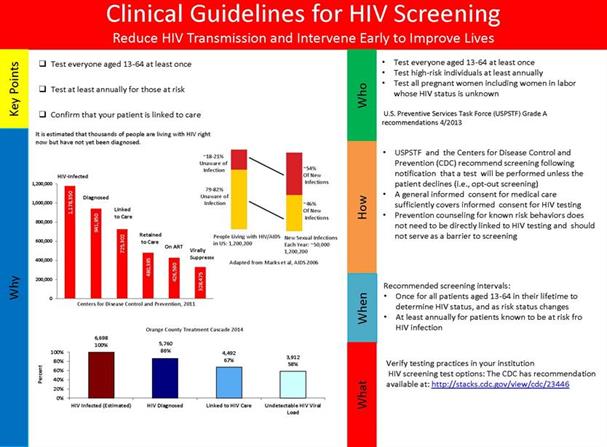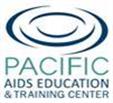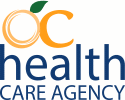Why should clinics make HIV testing routine?
- To meet CDC recommendations: The Centers for Disease Control and Prevention (CDC) recommends that everyone between 13 and 64 be tested for HIV at least once as part of routine health care. Those at high risk of infection should be tested more frequently based on risk and at least annually.
- Prevent HIV transmission: The CDC estimates that the majority (54%-70%) of people newly infected with HIV were infected by someone who didn’t know that they had the virus. Making HIV testing a part of routine care can help individuals learn their status so that they are less likely to transmit the virus to someone else.
- Find those living with HIV who are out of care: CDC estimates that 1.2 million people in the United States are living with HIV and nearly one in seven of those are not aware that they are infected.
Read the CDC’s 2006 Recommendations for HIV Testing of Adults, Adolescents, and Pregnant Women in Health-Care Settings here.
For free training or and in-service, email: Pacific AIDS Education & Training Center at Maya@HIVtrainingCDU.org

HIV Routine Testing Toolkit
|
|
Information on Policies and Procedures: The information on this form is intended to assist with determining policies and procedures; some of the information provided may not be relevant for your program.
|
|
|
|
HIV Testing Algorithm Recommendations, Lab Requisitions Sample,
Diagnostic Codes, and Billing Examples:
|
|
|
|
Explaining HIV Testing to Patients:
|
|
|
|
Educational Materials:
|
|
|
|
Reference Manual:
|
|
|
|
This toolkit was developed in collaboration with the University of California, Irvine, Pacific AIDS Education Training Center, and the HIV Planning and Coordination Unit of The County of Orange Health Care Agency.
|
|

|

|

|